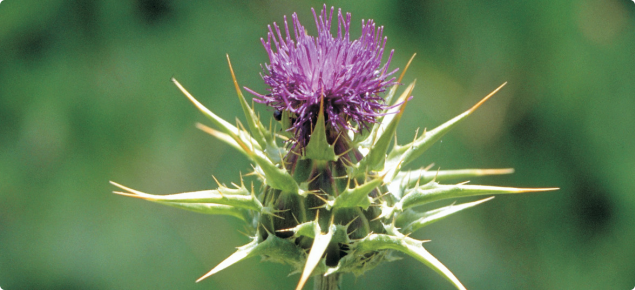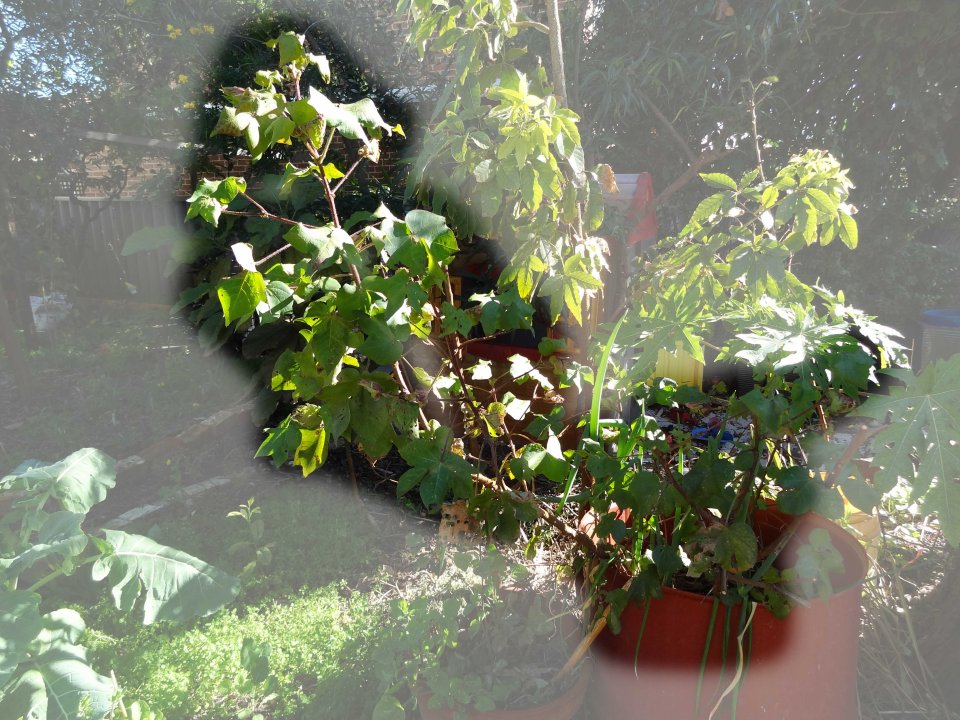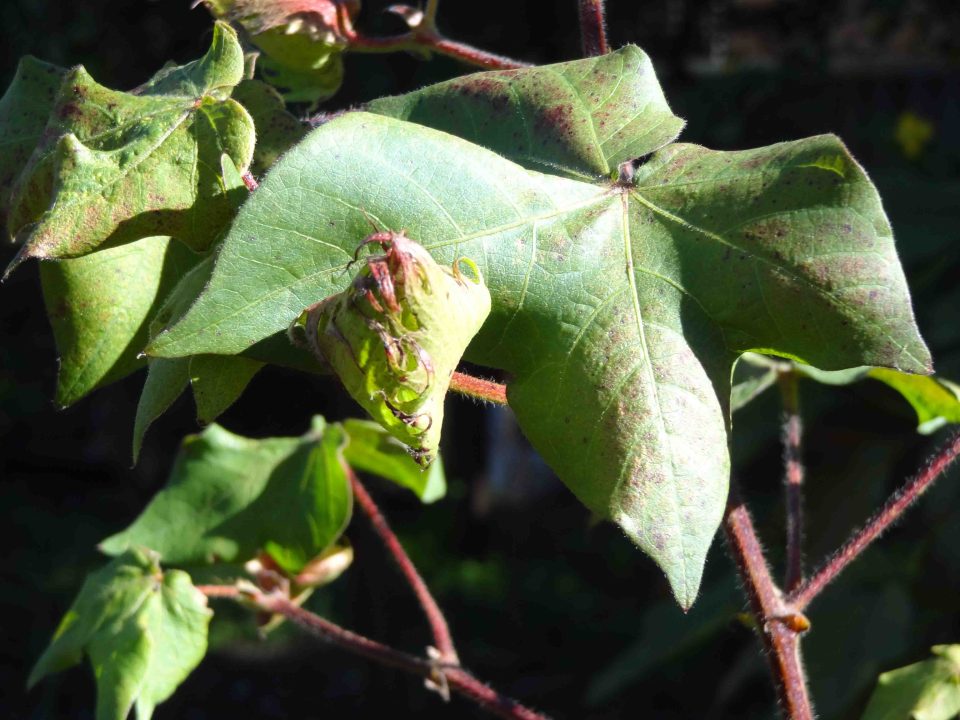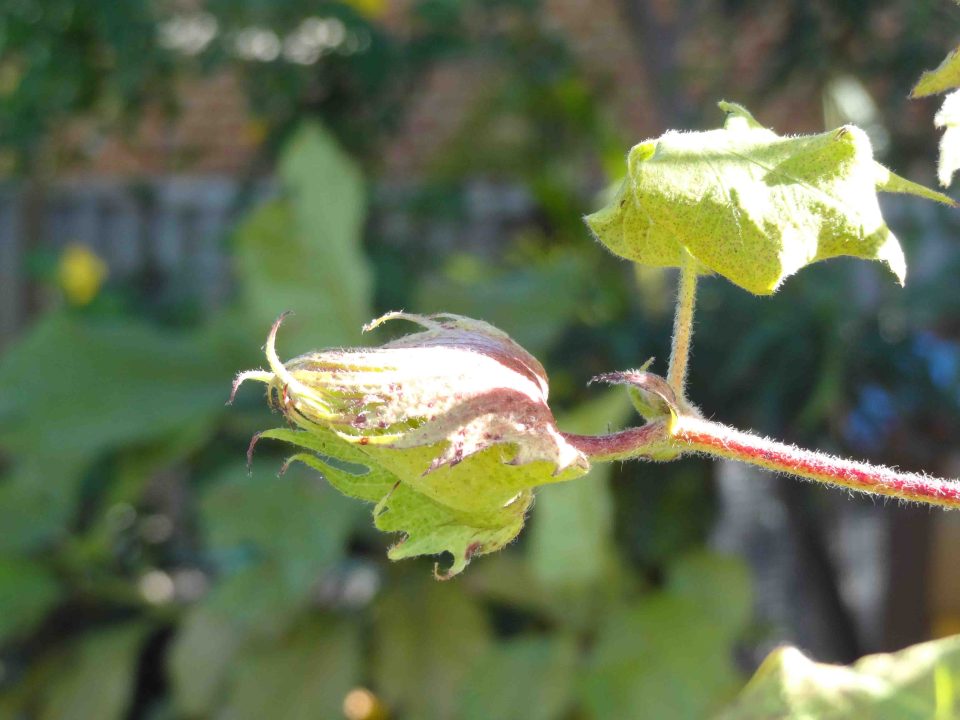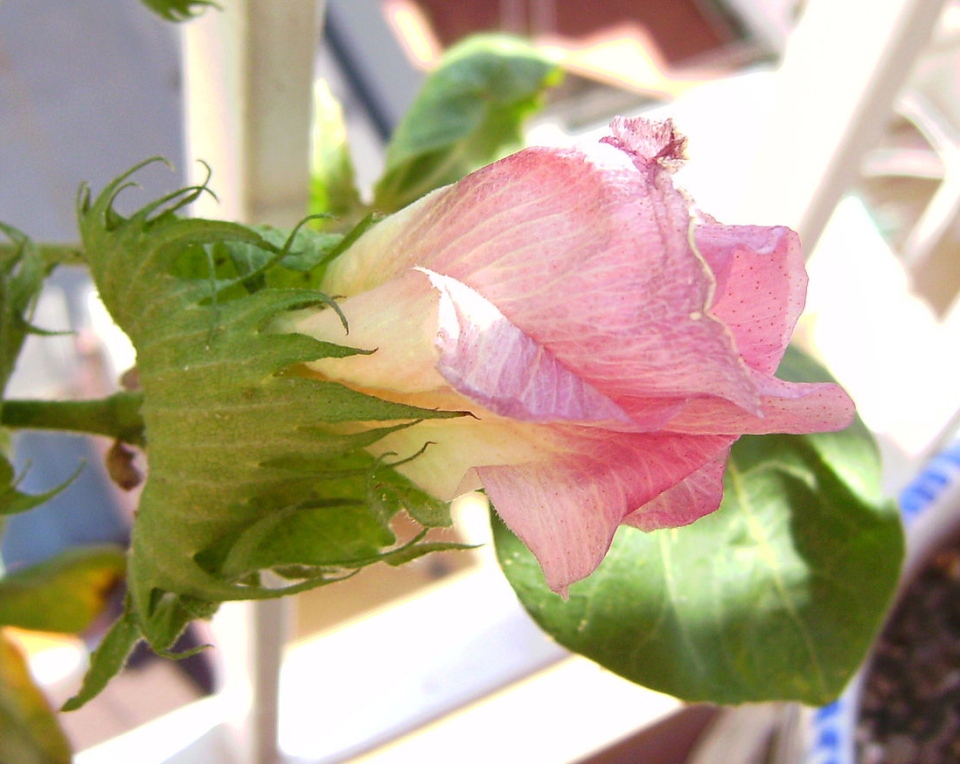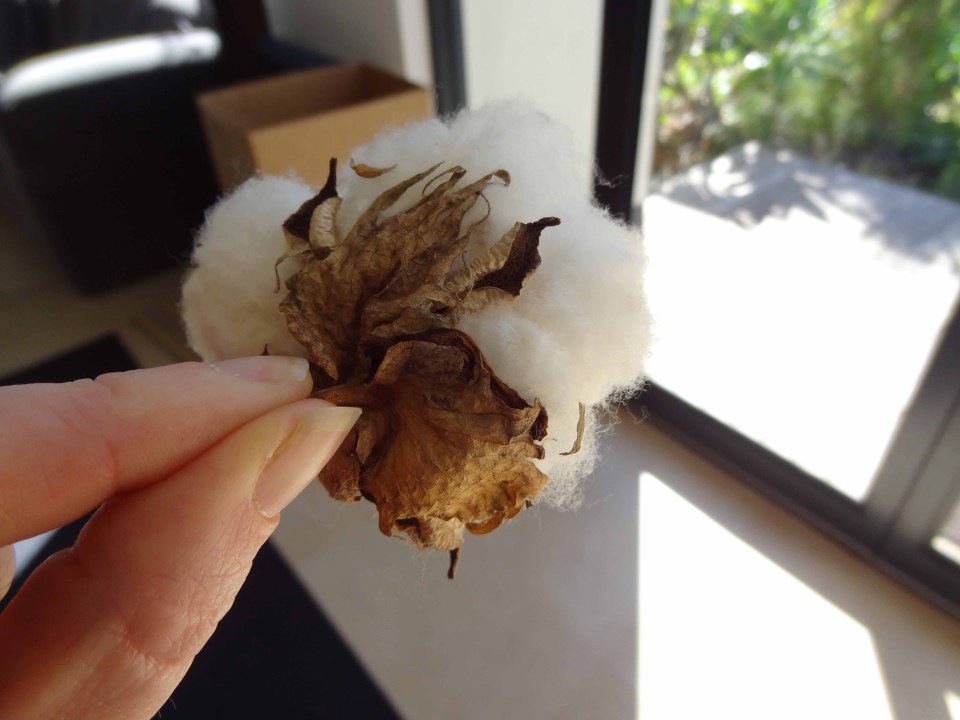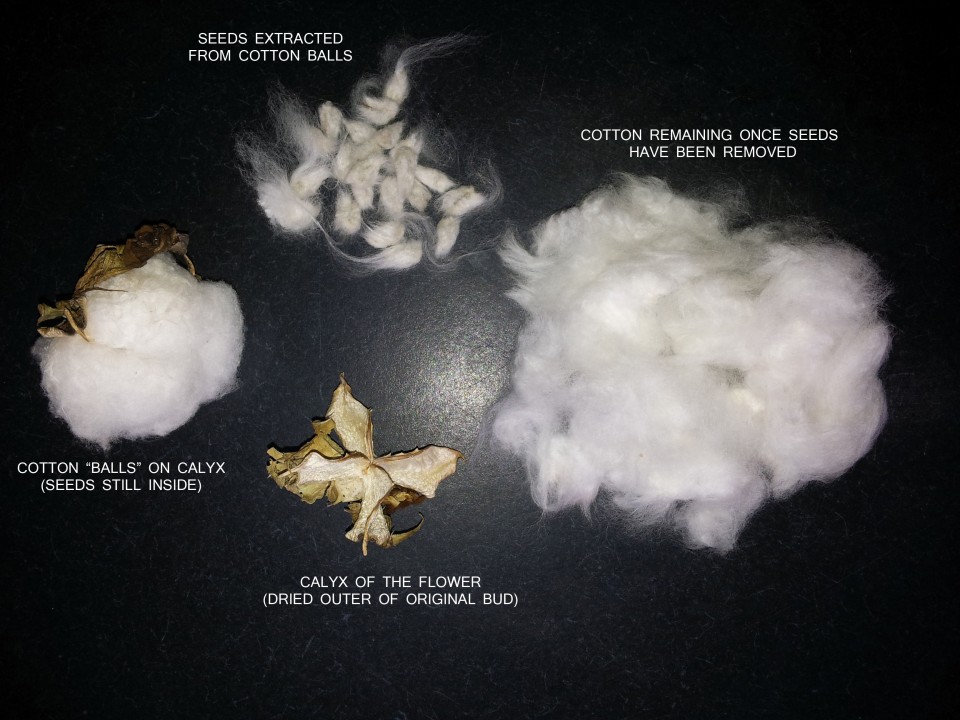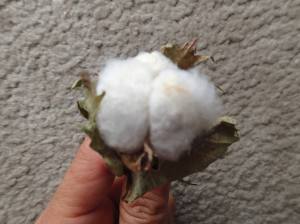Back to the light and fluffy blog day, these are the kind of flowers we need on Mother’s Day!
To continue on with my few short segments on the strange things I have found growing in my garden….. Hopefully you’ll find a few surprises amongst them and learn a little too! Thanks go (yet again) to the guru who has planted many strange things over the years and found, by trial and error, which are the “fittest” for our climate and soil!
Today it’s the one I’ve been most curious about….. what is its purpose? The Guru is definitely thinking past its beauty as I have seen it pop up in our past blogs, but never as the lead role. Well now it’s her time to shine – introducing The Lion’s Ear or Klip Dagga (Leonotis nepetifolia)…… But watch out for the elephant in the room ;).
Exhibit A: Chilacayote (Cucurbita ficifolia) – See Previous Posts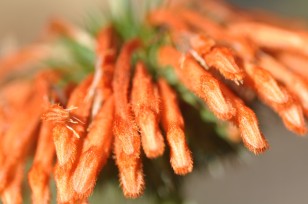
Exhibit B: Bergamot (Monarda Citriodora) – See Previous Posts
Exhibit C: St Mary’s Thistle (Silybum marianum)
Exhibit D: The Slipper Gourd (Cyclanthera pedata)
Exhibit E: The Lion’s Ear or Klip Dagga (Leonotis nepetifolia)
NAMES: Just like every plant we have met  (and likely all those useful ones still to come), the Klip Dagga has numerous names applied to its genus and often used many times across the species within that genus due to the common features of its distinct flowering. Depending on who you believe Leonotis nepetifolia can be known as the Lion’s Ear or Klip Dagga as a general consensus (although many also claim that just Leonotis means Lion’s ear…..), but also “bald head, bird honey, Christmas candlestick, Johnny Collins” (Reference) “Annual lion’s ear, …. grantiparani, flor de mundo, mota, …. shandilay, bradi-bita” (Reference) and the list goes on. Lion’s Tail and Wild Dagga is the name generally reserved for its highly similar cousin Leonotis leonurus – so in looks and name they are easily confused. However there are subtle variation in leaf structure which will differentiate the species, so we’ll endeavour to identify the differences and ensure I’m leading us up the correct garden path so to speak.
(and likely all those useful ones still to come), the Klip Dagga has numerous names applied to its genus and often used many times across the species within that genus due to the common features of its distinct flowering. Depending on who you believe Leonotis nepetifolia can be known as the Lion’s Ear or Klip Dagga as a general consensus (although many also claim that just Leonotis means Lion’s ear…..), but also “bald head, bird honey, Christmas candlestick, Johnny Collins” (Reference) “Annual lion’s ear, …. grantiparani, flor de mundo, mota, …. shandilay, bradi-bita” (Reference) and the list goes on. Lion’s Tail and Wild Dagga is the name generally reserved for its highly similar cousin Leonotis leonurus – so in looks and name they are easily confused. However there are subtle variation in leaf structure which will differentiate the species, so we’ll endeavour to identify the differences and ensure I’m leading us up the correct garden path so to speak.
For me though, no name is as cool as Klip Dagga and with that stuck in my mind plus the vivid image of the flowers (plus our below discussion of the leaves), mis-identification is now unlikely.
SCIENTIFIC CLASSIFICATION: Starting at the top – as with the gorgous Bergamot (Exhibit B Above) we met in an earlier discussion, the Klip Dagga is from the Lamiales Order of the Asterid subclass of Dicotyledonous flowering plants. Head back to that discussion if you wish to know more details…
The Lamiales includes about 20 families which include such well-known and/or economically important plants as lavender, lilac, olive, jasmine, snapdragon, sesame, psyllium, garden sage, and a number of table herbs such as mint, basil, and rosemary. (Reference)
Klip Dagga Family – Lamiaceae (“The mint family of flowering plants” within the Lamiales order) contains the aromatic plants which make up most of the widely used herbs such as spearmint and peppermint (Mentha), bee balm / Bergamot (Monarda), basil (Ocimum), lemon balm (Melissa), rosemary (Rosmarinus), sage (Salvia), savory (Satureja), marjoram (Origanum majorana), oregano (Origanum vulgare), hyssop (Hyssopus officinalis), catnip (Nepeta cataria), thyme (Thymus), and lavender (Lavandula). This group typically has flowers with petals fused into an upper lip and a lower lip. (Reference A, Reference B) Remember our Bergamot with the multiple purple flowers up the stem, well the Klip Dagga has the same multiple flowered stem pattern also.
Klip Dagga Genus – the Leonotis Genus contains 9 accepted species (Leonotis decadonta; Leonotis goetzei; Leonotis grandis; Leonotis leonurus; Leonotis myricifolia; Leonotis myrothamnifolia; Leonotis nepetifolia; Leonotis ocymifolia; Leonotis pole-evansii – Ref) the majority of whom are thought to have originated in Africa. The genus is also known as Motherwort.
And this is where the elephant in the room has crashed to the ground (buckling the chair it was sitting on under its enormous weight), the whole party goes silent and turns to look. Yes, members of this Genus are often used as a “legal substitute” for a plant not dissimilar in leafy looks to our friendly Slipper Gourd. (Ref) We’ll discuss this a little further when we get down to “uses”, but take care when cross checking my references as there are some entertaining (and some quite erudite!) conversations being had out there on the benefits and drawbacks of the different Genus members – believe me, what they don’t know about this genus, is not worth knowing – investigate at your own risk!
And so we arrive at the Species Leonotis nepetifolia (aka Klip Dagga). This beauty is commonly discussed and confused with Leonotis Leonurus. Such discussions generally focus around the superior “medicinal” properties of the latter and being “ripped off” by being delivered the former…. and so our particular elephant is picking himself up, dusting himself off and feeling a little less conspicuous.
And so we have a brief lesson in LEAF MORPHOLOGY! “The most noticeable difference between the two is the leaf shape. L. nepetifolia leaves are cordate with serrated edges, except the top pair which are lanceolate with serrated edges” (Reference) Clear as mud, eh? Fear not, I found this gem of a diagram which we will forever refer such confusions to. Note the cordate shape in the “Shape and Arrangement” Box (line 6, position 1, Cordate – heartish shaped) versus the lanceolate (line 4, position 2, Lanceolate – more oblong and pointy at both ends).

REFERENCE: “Leaf morphology” by derivative work: McSush (talk)Leaf_morphology_no_title.png: User: Debivort – Leaf_morphology_no_title.png. Licensed under CC BY-SA 3.0 via Wikimedia Commons – http://commons.wikimedia.org/wiki/File:Leaf_morphology.svg#/media/File:Leaf_morphology.svg
Now we know what we’re looking for, let’s take a look at them closely….
Okay – what do we see? They are more heart shaped than oblong – we’ve confirmed that we have ourselves a Klip Dagga (or 20).
In our experience of growing them is that they self seed beautifully in our climate here in Perth and grow throughout summer. But we’ve also found that rather than being annual as often suggested, with our mild winters and the micro-climate of protection from frost set up in our yard, they can be coaxed into becoming perennials.
This photo is the garden bed where they grew last year, were harvested for seeds plus green manure, and then the bed was made ready for me to have a play at testing the viability of some of our stored seeds from years before….. luckily the Klip Dagga re-emerged from the seeds we had dropped while harvesting (which reminds me, as happens in the wild, sometimes the soil is the best seed harvesting location – plus you don’t have to guess when the right season is to plant!). The Klip Dagga in the bed has performed many functions. From a sturdy trellis for beans, peas and lab labs; to shelter for the tiny seedlings; to sacrificial plants for the ‘mitey’ spider mite battle field; to attracting even the blindest butterfly or small bird with their vivid colours. All this with buckleys water….. Sounds like a gem to me!
These photos show our “perennial” Klip Dagga who has become quite woody and is having to lean out from under the summer flourishing Pawpaw…. but that hasn’t stopped her producing 3 flowers on the one stalk.

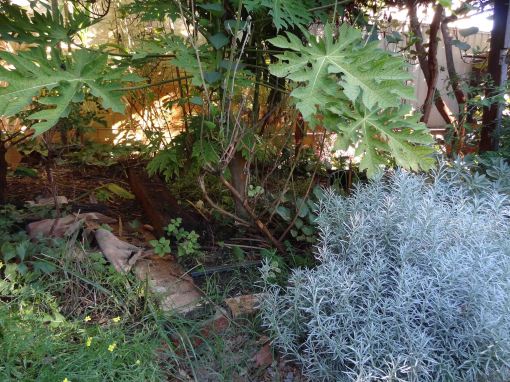
 It is this perennial nature within Perth that has been one of the key reasons (among many) for encouraging us to keep these lovelies flourishing in the garden. By surviving across the winter, the plant provides a habitat for the predators (and pests) to remain in the garden across the colder months and restart the battle next summer, but with predators all ready to respond to the first pest population explosion.
It is this perennial nature within Perth that has been one of the key reasons (among many) for encouraging us to keep these lovelies flourishing in the garden. By surviving across the winter, the plant provides a habitat for the predators (and pests) to remain in the garden across the colder months and restart the battle next summer, but with predators all ready to respond to the first pest population explosion.
Back to the topic of vivid colours – here we are in the lead up to Mother’s Day – did I show you the flowers? She is dazzling. Similar to their Bergamot distant relations, you get multiple beauties per stem. I just love them, all throughout the phases of flowering….
SEED SAVING – With the Klip Dagga, we can all be experienced seed savers. Option A – allow seeds to fall on ground and ignore. Mulch area and wait. Option B – wait for flowers to be at least 2/3 dried out and then snip off flower stalk. Allow to dry in bucket or bag, then shake. Take care as they can be a little spiky – a reason they have been declared a problem over in north east Australia (see below). The seeds just fall right out.
IN SUMMARY – OUR USES – grows well, nice flowers, no watering, climbing structure for peas etc, protection for seedlings, mites over winter, butterflies and bird attracting ….
WHAT THE OTHERS SAY – Now I will try to be impartial, but from my readings, I have tiptoed past many discussion forums (approximately 60-70% of all google hits!) which cover the more chemically rather than visually euphoric nature of the Klip Dagga, and have tried to put all sides down faithfully. From my readings and mainly due to my normal sources of information not including reference to the Klip Dagga for medicinal purposes, we have elected to love her for the uses we’ve outlined above of which there are many. I’ve tried to summarise my “Motto’s” from the below information as an interpretation, but as always educate yourself before making any decisions.
(Wiki Reference) “Leonotis nepetifolia …. the leaves are brewed as a tea for fever, coughs, womb prolapse and malaria.“
QLD GOVT Weeds of Australia – Biosecurity edition – “Widely naturalised in northern Australia (i.e. naturalised in northern and central Queensland, in the north-western parts of the Northern Territory, and in northern Western Australia). Also occasionally recorded from south-eastern Queensland and near Perth south-western Western Australia…..Lion’s tail (Leonotis nepetifolia) has been widely cultivated as a garden ornamental….Lion’s tail (Leonotis nepetifolia) is regarded as an environmental weed in the Northern Territory, Queensland and Western Australia…. This species has the ability to form large colonies that displace native species, particularly along riverbanks and on floodplains in the wet-dry tropics regions of northern Australia. While already widespread, lion’s tail (Leonotis nepetifolia) has the potential to increase its distribution and abundance and become a more serious weed in these areas in the future. In Western Australia, where lion’s tail (Leonotis nepetifolia) is a more recent introduction, it is an occasional weed of disturbed sites and savannah vegetation near creeklines in the Kimberley region. It has also been recorded as a garden escape in Kings Park in Perth, and was ranked as a moderate priority environmental weed in the Environmental Weed Strategy of Western Australia….Lion’s tail (Leonotis nepetifolia) is also a problem species for cattle producers in northern Australia. It displaces more useful pasture species, particularly in over-grazed pastures, and reduces the productivity of infested areas. Dense infestations along riverbanks and on floodplains also reduce the accessibility of waterways to livestock, due to the spiky nature of the seed -heads….
This species is declared under legislation in the following states and territories:
- Northern Territory: B – growth and spread of this species to be controlled (throughout all of the Territory), and C – not to be introduced into the Territory.
- Western Australia: Unassessed – this species is declared in other states or territories and is prohibited until assessed via a weed risk assessment (throughout the entire state).”
MOTTO OF THE STORY – This is not a declared weed in WA, but you need to garden responsibly! But don’t get me started on the importance (and lack of understanding) of “weeds”…. even introduced ones, however as with all things, understand its place in the system before you elect to interfere.
Medicinal Plant Supplier: “The different alkaloids, flavonoids, diterpenoids, polyphenolics, iridoid glycosides and other constituents of Leonotis may be involved in the observed antinociceptive, antiinflammatory, and antidiabetic effects of the plant’s extract. However, results suggest that the aqueous leaf extract possesses antinociceptive, anti-inflammatory, and hypoglycemic properties, and thus lend pharmacological credence to the suggested folkloric uses of this herb in the management and/or control of painful, arthritic, and other inflammatory conditions, as well as for type-2 diabetes mellitus. It is also anti-asthmatic and has anti-diarrhea properties. In Trinidad’s traditional medicine, an infusion is used against fever, coughs, womb prolapsed and malaria. The group of plants, called Leonotis, are also called Motherwort; they posses some similar properties. Leonotis nepetifolia and leonurus are excellent heart tonics; they able to calm palpitations, tachycardia and irregular heartbeats. They are used for heart conditions associated with anxiety and tension. These plants have an effect on the uterus; depending on the dose, they stimulate- or suppress the menstruation.”
MOTTO OF THE STORY – Consumption or application of this plant will likely have an effect on you….. good or bad is up to you and the research you elect to do. Take Care. I for one am less confident with the medicinal aspect of this beauty.
Plant Information Site: “Annual lion’s ear is a coarse textured, rather gangly plant and not well suited for formal or very tidy gardens. It is great, however in a butterfly garden or a naturalized shrub and perennial garden, especially behind shorter, bushier plants. Annual lion’s ear is tall and slender, and looks good behind salvias and butterfly bushes. The flowers are produced up high, above most of the other annuals and perennials. The hummingbirds really love this plant. They hover next to a flower or even perch right on a cluster and drink for 10 seconds or more at a time, longer than at most any other kind of flower. The hummers keep coming back to the pretty orange flowers all day long.”
MOTTO OF THE STORY – Wild life loves it.
The Atlas of Living Australia: They’ve spotted our little patch! But blue dots on a map with a scale of red to yellow, does not fill me with confidence!
So hopefully from all that, you know why I want a bunch of Klip Dagga flowers for Mother’s Day (which should be everyday by the way!), but I want them still on the plant and preferably with a bird, a predatory mite and a climbing purple king attached, please.
RECAP TIME:
MITES:
Refer to previous blog – Photos as of late April 2015, mostly old damage, but the scene is set, let’s wait and see which mite survives the winter better and dominates!
SLIPPER GOURDS UPDATE:
Beautifully tended wicking barrel slipper gourd placed out of the wind – DEAD
Moderately well tended slipper gourd in ground, but still in “white green house” out of the wind – Has reached the roof via climbing up the bamboo and is now heading off across the underside of the roof. LOOKING GOOD.
One planted, one self seeded out in windy area who were assumed to perish….dotted red lines indicate very fragile stalks heading up into olive trees…. subsequent pictures show vine reaching top of 4m tall olive. LOOKING GREAT.
Final intentional planting at base of Tagasaste, the slipper gourd has reached a height comparable with the neighbours second story roof! – LOOKING BRILLIANT!
Probably too late to tip prune and hence bush out my plants, hey, but that might have ruined the experiment. (WARNING: if you plan to bush-out your Slipper Gourd by tip pruning, then don’t turn your back, don’t look away and don’t BLINK – these suckers grow fast!). I was just feeling chuffed with the greenery and thinking I’d not count my chickens until I saw flowers and/or fruit…. when a friend mentioned yesterday that hers were fruiting …. oddly enough to see fruit you have to look for it! When I had a good look around, there are a few little cuties now on the vine in the white/greenhouse and (with binoculars) I can see a few up high in the Tagasaste (perhaps tip pruning might have been a good idea after all!). Should they mature in these chilly circumstances I’ll update you with photos.
BARREL UPDATE –
Sweet potatoes have gone in the top….
Sunflowers are coming out the side…..
And those perished wild tomatoes I just picked up of the ground and threw in back in January, here they come too…..
Next roll of the dice – Seeds are in.
Still to come….
Exhibit F: The New Guinea Bean
Exhibit G: Wild Passionfruit
Exhibit H: African Cucumber
Wow, I’ve been eagerly awaiting the Klip Dagga, so I’m pleased now to have the full (ish) picture of its role in our garden, as well as its “uses” around the world…. I was also worried that this investigation would be a let down and that she would not live up to her name…. I should have known mother nature would not produce a simply “pretty” flower, she has out done herself with this one!
Up next in this crazy plant series will be the New Guinea Bean and its slightly ridiculous, massive, zucchini like gourd (which will be reminisceant of the Chilacayote, but no less fascinating in its own right!), but before then, we’re going to pack our bags and set off to our Permaculture Design site (plus a step back in time to the early naughties – 2003 to be exact – Dr Who would be impressed) as we explore the barren landscape of our design “canvas”. This will be a sneak peak at what the Guru and I started with all those years ago!
See you on the other side of our next Permaculture Design Course!
Until then, enjoy.
SH






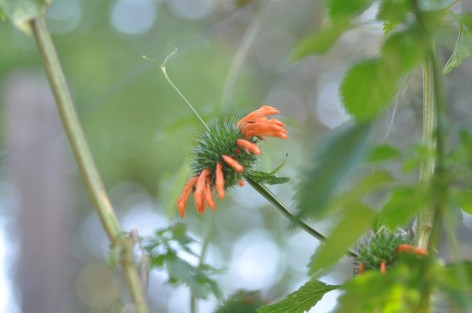
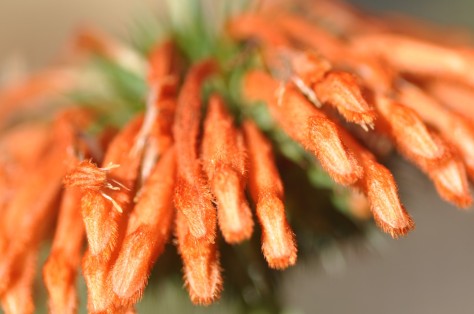







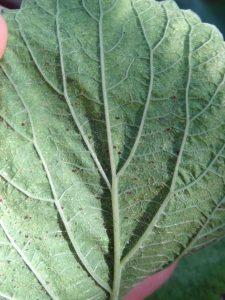







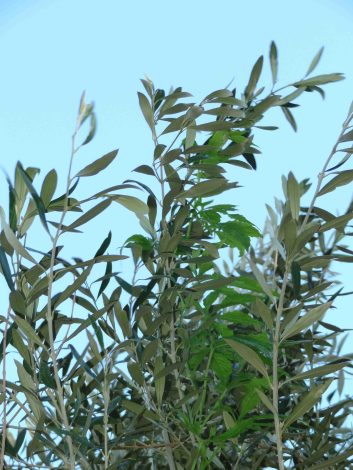
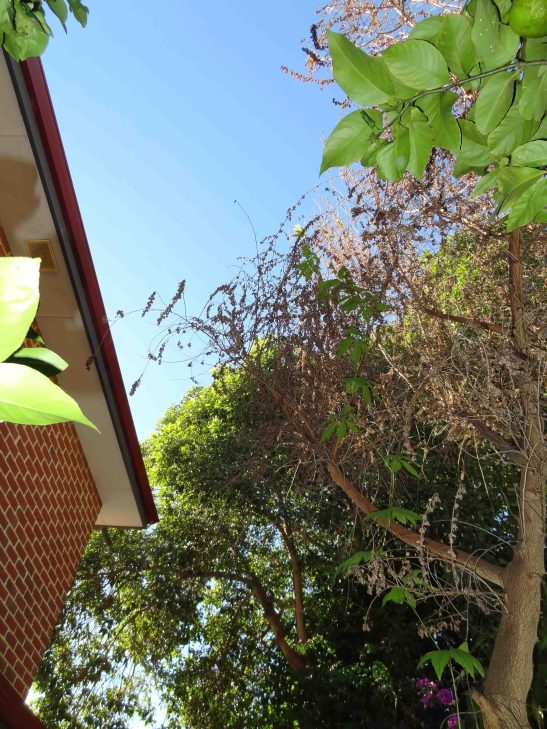

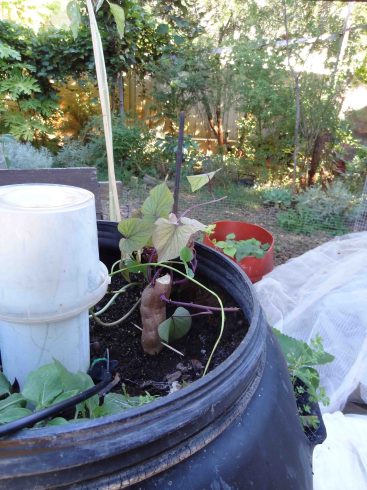
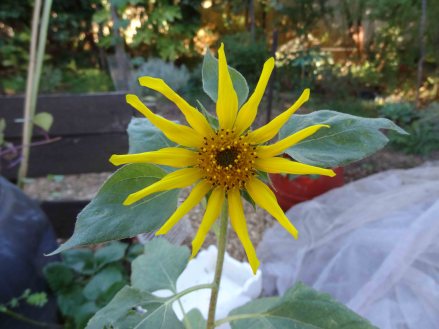

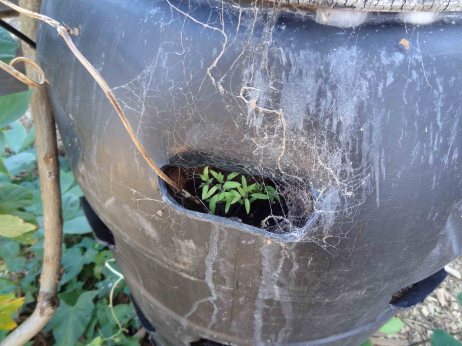

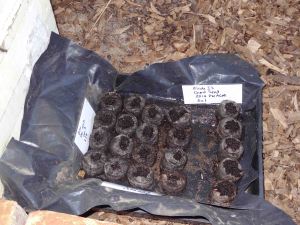






 (
(

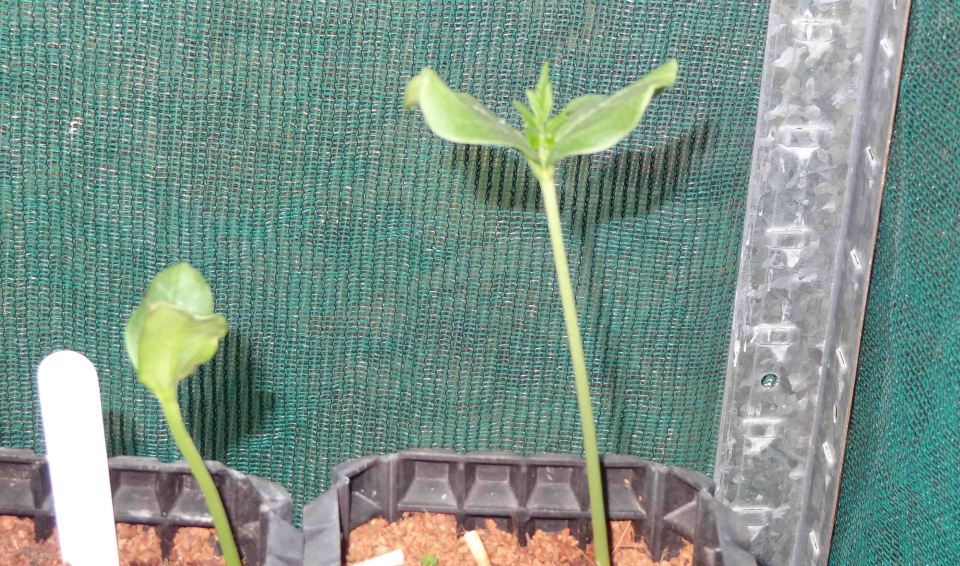








 (
(
 (
(















 d for our climate (and under my management)! In fact if you look at the
d for our climate (and under my management)! In fact if you look at the 




